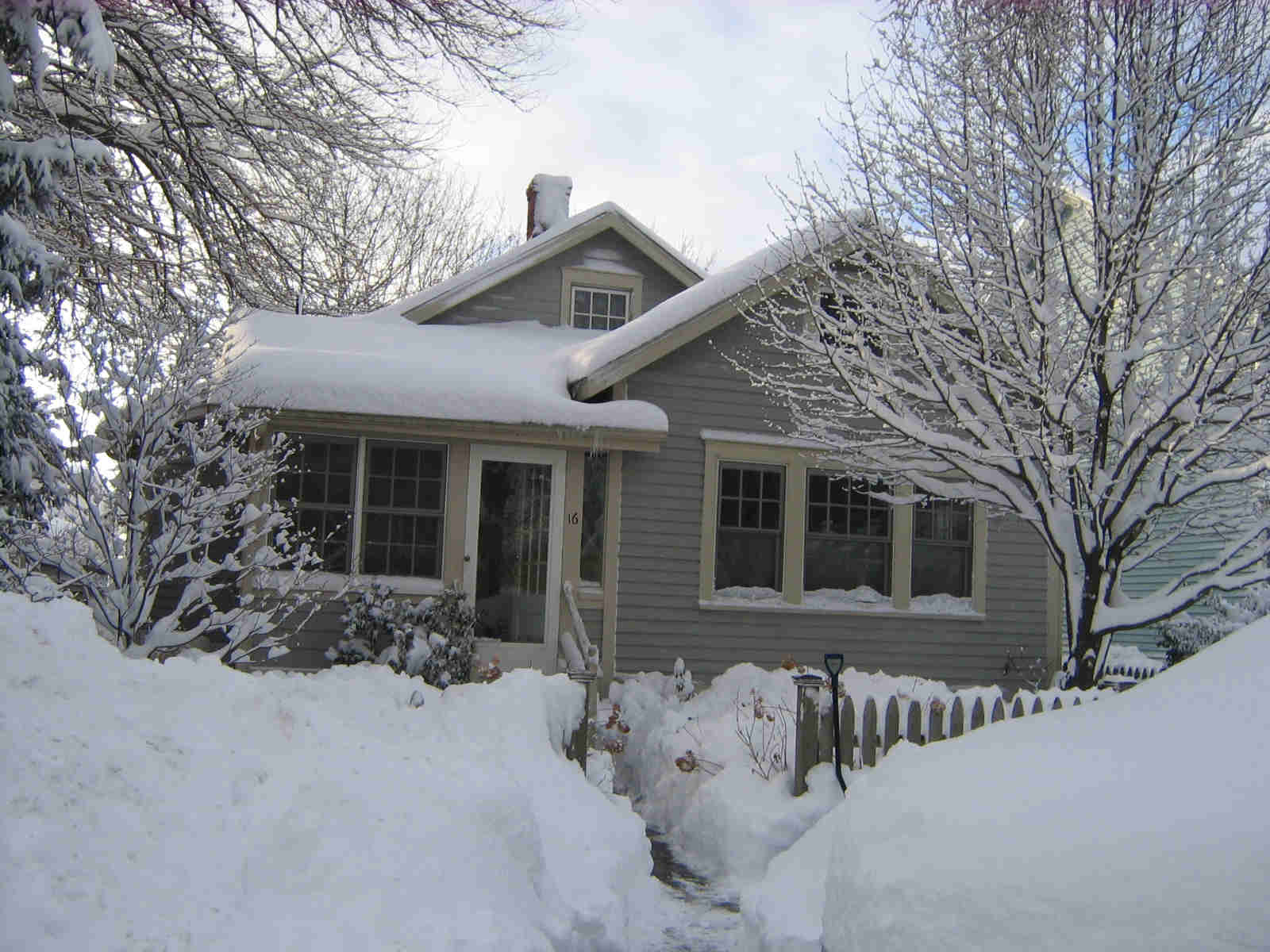
The Road Trip
Dreaming of a fall and winter getaway? Need an excuse to take a day off? Start your day with the sunrise in Lumberville, a quaint village known for its scenic views and historic charm. Lumberville Begin your morning in Lumberville, a picturesque village on the banks of the Delaware River. Known for

BUYING A STONE HOUSE: Deciphering the clues
Stone houses have a particular attraction to the buyer looking for a unique property. First of all, they aren't built anymore! Secondly, they feel like a tangible link to our past. America is a young country, and stone houses built before the Revolution are rare, indeed. When I was a new agent a ho

The Rise of Sourdough
There is nothing quite like the smell of homemade bread, except maybe the taste of a fresh piece of sourdough right after the loaf has just been sliced. It is highly likely you know a baker, are a baker, or at some point, have heard someone talk excitedly about their sourdough starter. Sourdough bak
Categories







